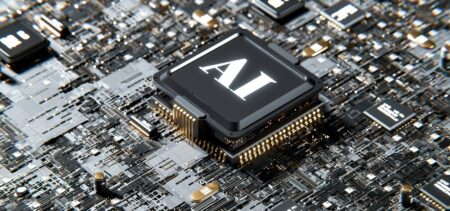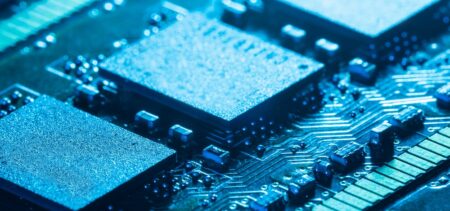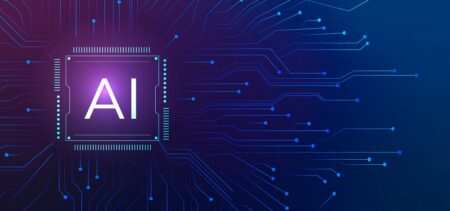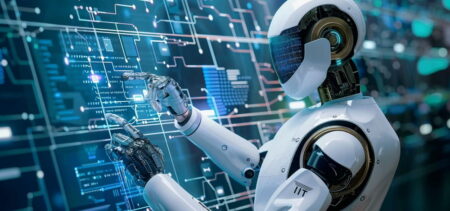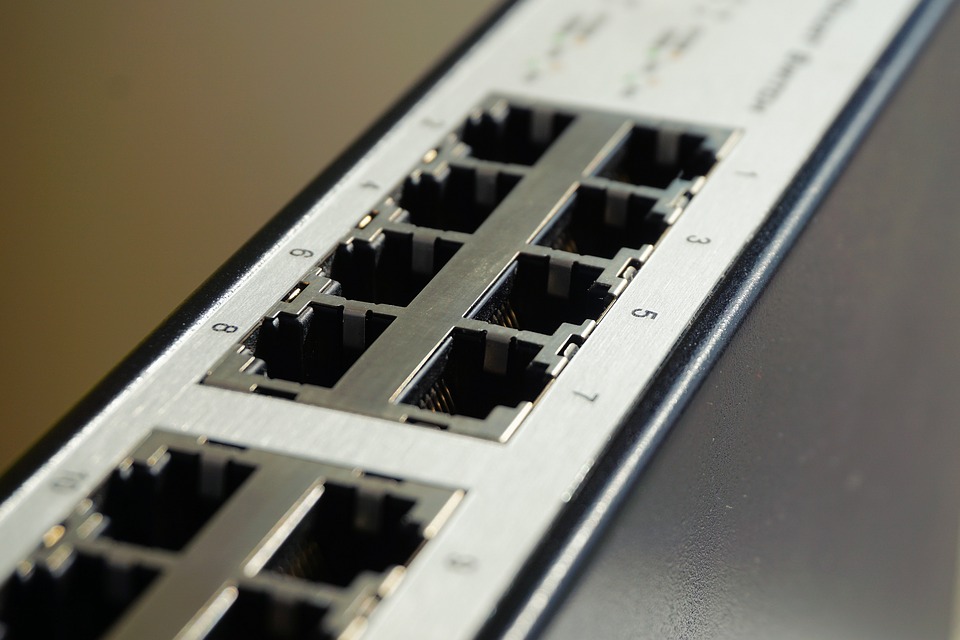What are the downsides of running powerful data centers? Besides continuous maintenance, data centers are all hungry for power – electrical power, that is. Huge amounts of electricity prove costly and also leave an impressive footprint on the environment. Therefore, the costs are financial and environmental, to mention the biggest two sour points. Google’s Deep Mind algorithms might help in reducing these costs. Or at least that is what the engineers behind it do claim.
Various analyses have proved that re-organizing on-premises systems when it comes to data centers may significantly improve power usage efficiency (POE). From re-configuring the cooling systems to changing the predominant storage environment, there are a few innovative solutions to try. Yet the process of identifying the most inefficient system areas and conceiving a new improved structure requires a considerable effort. When depending on specialized personnel, this complex task can prove rather difficult and may need external resources.
What would AI bring into the data center optimization process?
When placing an artificial intelligence software program in charge of a data center’s control systems, the Alphabet researchers reported that the overall power usage efficiency (PUE) dropped by 15 percent. Automated data center management therefore is not only possible, but it can also deliver a promising optimization when it comes to the main issues in data center administration, as mentioned above.
In what the actual process consists of, we may form a basic idea from the statements of the Deep Mind research engineer Rich Evans and Google data center engineer Jim Gao. The AI software similar to Google’s Deep Mind trained the ensemble of deep neural networks by using data collected via thousands of sensors combined with the desired PUE parameters. Two additional deep neural ensembles predicted the future pressure and temperature values for the following hour, in what stands for a sophisticated interplay, guided by intelligent software algorithms.
It is obvious that such a complex process would take a lot more time and workload, if performed with exclusively human forces. On the other hand, the human intervention in the process is unspecified, and we may well assume some of the critical choices and data selection may still come from humans. Yet the necessary staff is much reduced when compared to the exclusively human operations’ formula.
Google’s step ahead in making data centers more efficient
The solution demoed by Google’s Alphabet by the use of Deep Mind represents a breakthrough. Nevertheless, it is a singular performance for now, since the costs involved, as well as the technology do not easily allow replications.
As Computerworld mentions, “the company plans to share the results so that other data center and industrial system operators can benefit from what it learns.”
Google sees this demo as a step ahead towards their goal of eventually powering their data centers by the use of exclusively green energy. The automated AI data center management is not the only method tested by Google in view of more efficient, less costly and less environmentally hazardous operations. But the fact that they reported satisfactory results when deploying the neural networks management system combines with the proprietary rights over the necessary technology. These make this technique one of the favorite candidates for on-site implementation, provided other even better innovations do not surpass it.
Tech giants innovate, smaller business replicate
As it often happens, the breakthroughs made public by tech giants inspire other smaller businesses. Scaling down to their needs, storage operations may consider investing in similar technologies, in start-ups and innovative solutions that take resembling directions.
Although Google’s blog post that marked the data center cooling energy consumption reduction success is not much to go by, and all the other online sources based their stories on it as well, the overall concept is enough for other specialized businesses to work with.
Employing automated software, and even more, using artificial intelligence (or intelligent algorithms) in order to better manage data center systems is now an open experimentation field. Perhaps there are companies who also strove to get results in the same direction, but didn’t reach the testing phase yet. Alphabet’s report serves in showing which direction is the right one.
As Recode puts it, Google has found a business model for Deep Mind’s AI. Others can scale down this business model and target automated intelligent software products for smaller data storage systems and smaller data centers. In fact, the idea of intelligent chips, which calculate their own power necessities and power on and off is not new. So far researchers have approached it at a fragmented level. Previous research had in mind individual computer chips being able to tune down their energy consumption. But why not tackle automated mini-systems? Would employing AI work for the clusters of computer chips making up a system?
Crunching numbers: the Deep Mind experiment in figures
- As Google mentioned, “the savings translated into a 15 percent improvement in power usage efficiency (PUE)”;
- The number of AI controlled variables from the data center environment is of 120;
- In 2014 the same company used 4,402,836 MWh of electricity for Google Search Engine, Google Maps, YouTube or Google Cloud Platform;
- The number of possible moves when it comes to the Deep Mind’s AlphaGo algorithm (the one that vanquished a human player at the Go game) is of 2.08168199382×10170;
- The sum Google bought Deep Mind for in 2014 – approximately $600 million;
- In the Deep Mind demo, the overall data center energy usage for cooling dropped 40 percent.



